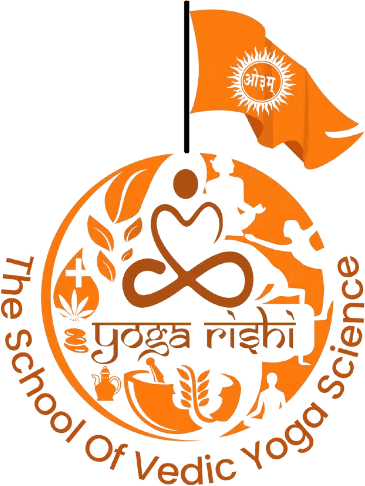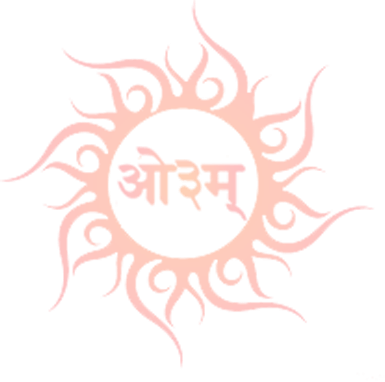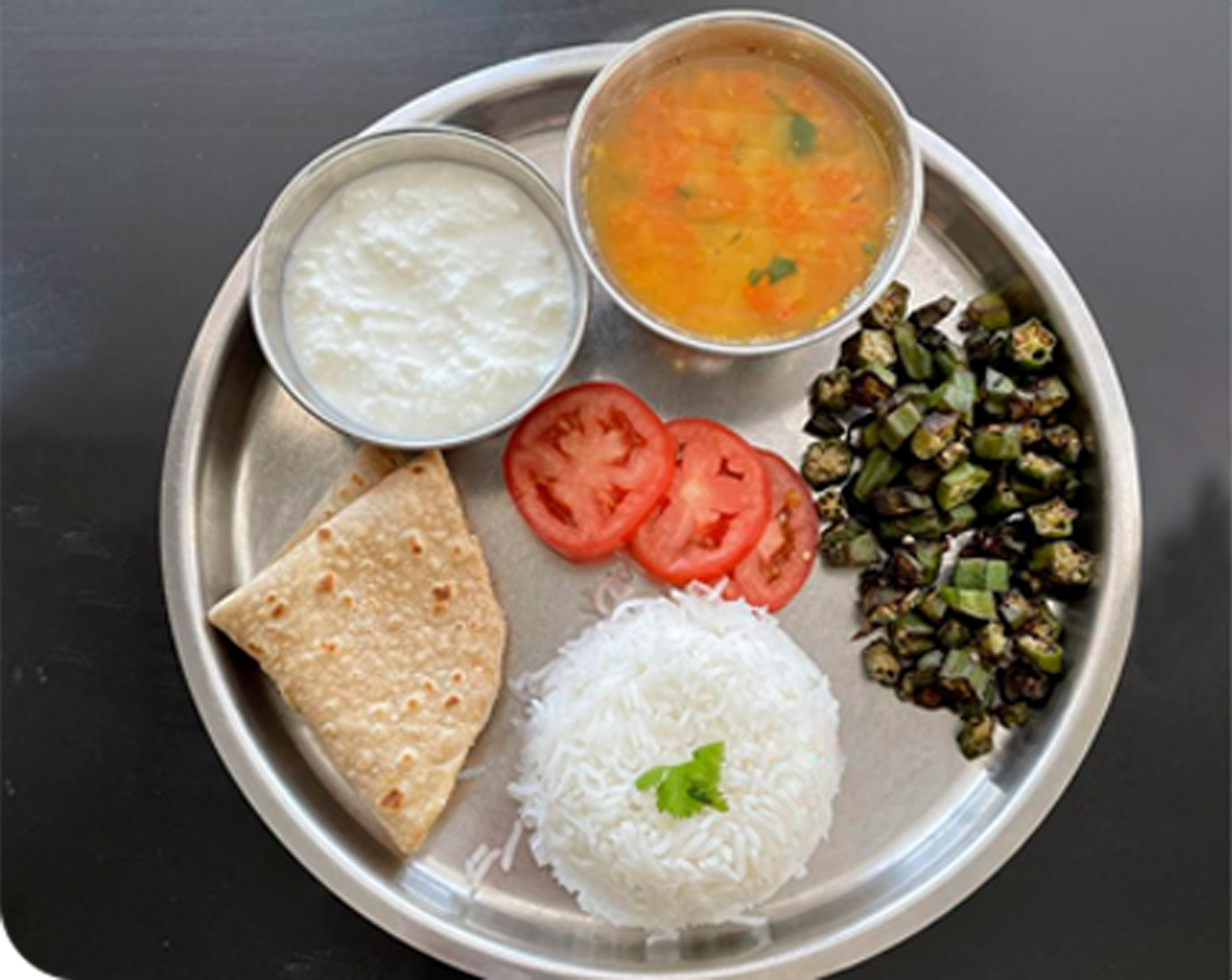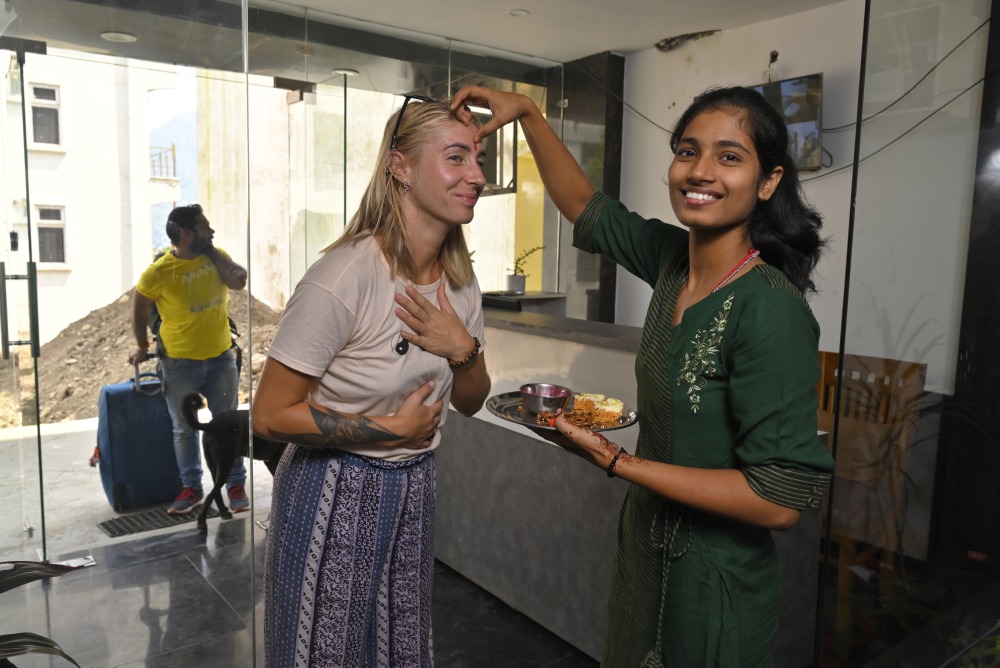CONTACT US




The 300-hour Yoga teacher training certification program is a more comprehensive and in-depth program compared to the 100-hour program. It is designed for individuals who already have a solid foundation in yoga and want to further deepen their knowledge and expertise in the field. This program delves into advanced topics such as advanced yoga philosophy, advanced asanas, pranayama techniques, advanced meditation practices, anatomy and physiology, and more.
The 300-hour program is suitable for those who have completed a 200-hour yoga teacher training program and wish to continue their education and training to become highly skilled and certified yoga teachers. It offers a more extensive and immersive learning experience, allowing participants to enhance their personal and spiritual growth while gaining the necessary skills to guide others on their yoga journey.


Ashtanga and Vinyasa are dynamic styles of yoga that emphasize synchronized movement with the breath. In these practices, the transition between poses is as crucial as the poses themselves, creating a flowing and challenging sequence. Ashtanga follows a set sequence of postures, while Vinyasa allows for more flexibility in sequencing. Both styles promote physical strength, flexibility, and mental focus, making them popular choices for practitioners seeking an invigorating and holistic yoga experience.
Shat Karma is a set of six cleansing practices in yoga that are designed to purify and detoxify the body. These practices are a fundamental aspect of Hatha Yoga and aim to promote physical and mental well-being. The six Shat Karma techniques include practices like nasal cleansing (Neti), purification of the digestive tract (Dhauti), and internal cleansing through vomiting (Vaman Dhauti). Shat Karma practices are believed to help balance the body’s energies, enhance vitality, and prepare it for more advanced yogic practices, making them an essential component of traditional yoga.
Pranayama is the yogic practice of breath control and conscious regulation of the breath. It involves various breathing techniques that help individuals develop mastery over their respiratory process. Pranayama techniques range from simple deep breathing exercises to more complex practices like Kapalabhati (rapid breath) and Anulom Vilom (alternate nostril breathing).
Pranayama offers numerous physical and mental benefits, including improved lung capacity, relaxation, stress reduction, enhanced mental focus, and increased vitality. By harnessing the breath, practitioners can achieve a deeper connection between mind and body and promote overall well-being. It is an integral part of yoga and meditation, aiding in the journey toward self-awareness and inner peace.
Yogic history refers to the rich and ancient heritage of yoga, a holistic practice that originated in India thousands of years ago. The history of yoga encompasses a vast timeline, evolving from its early mentions in ancient texts like the Vedas and Upanishads to the development of different yogic paths, such as Hatha, Bhakti, Jnana, and Karma yoga.
Over centuries, yoga has been shaped by various yoga masters and gurus who contributed to its philosophy and practices. Notable milestones include Patanjali’s Yoga Sutras, which codified the principles of classical yoga, and the introduction of yoga to the West in the 20th century, leading to its global popularity.
Yogic philosophy is a profound and ancient system of thought that underpins the practice of yoga. It encompasses a wide range of philosophical concepts and principles that guide the practitioner on their spiritual journey. Central themes in yogic philosophy include:
Indian philosophy is a rich and diverse tradition of thought that has developed over thousands of years on the Indian subcontinent. It encompasses a wide range of philosophical, religious, and spiritual ideas and has had a profound influence not only on the Indian subcontinent but also on the broader world of philosophy and spirituality. Here are some key aspects and schools of thought within Indian philosophy:
Anatomy is the branch of biology that deals with the study of the structure and organization of living organisms. It involves the examination of the physical components and parts that make up an organism’s body. Here are key points about anatomy:
Hatha yoga is a branch of yoga that focuses on physical postures, breathing techniques, and meditation. It is one of the most popular and widely practiced forms of yoga around the world. Here is a summary of Hatha yoga:
Meditation is a centuries-old mental practice that involves focusing one’s attention on a specific object, thought, or activity, aiming to achieve mental clarity, relaxation, and self-awareness. With various techniques such as mindfulness, transcendental, loving-kindness, and more, meditation offers numerous physical, mental, and emotional benefits, including stress reduction, improved concentration, emotional regulation, increased self-awareness, and enhanced well-being. It is a versatile and accessible practice suitable for people of all backgrounds and beliefs, fostering inner peace and personal growth while contributing to overall mental and physical health.
Advanced Hatha Yoga is an elevated level of the traditional yoga practice, tailored for experienced individuals. It involves mastering complex yoga postures, advanced breath control techniques, and deep meditation practices. Practitioners also delve into yoga philosophy, anatomy, and the study of energy manipulation. This advanced level requires a strong foundation, dedicated practice, and often the guidance of experienced teachers. Its ultimate aim is not just physical prowess but a profound inner transformation, spiritual awakening, and the unification of body, mind, and spirit.
It appears you might be asking about a therapy syllabus, which is a structured plan or outline for a course or program of therapy. The specific content and structure of a therapy syllabus can vary depending on the type of therapy being offered (e.g., cognitive-behavioral therapy, psychoanalytic therapy, art therapy) and the goals of the therapy program. Generally, a therapy syllabus might include topics such as:


Accommodation comprises of single rooms and double shared rooms. Nutrition, Exercise and Sleep are all equally important aspects of good health and health is obviously our most coveted asset. We take care of all of them while you learn yoga with us. Accommodation provided to you will have all necessary amenities. The options range from single rooms and double shared rooms.

Our restaurant encompasses what we teach, and what we promote, World Peace, great satvic food for the soul, and sustainability for the world.. rustic interior marked by the genuine elegance of nature- gobar walls (cow dung) the traditional way of building homes in rural India, embodying the feel of traditional Indian dining, floor seating,





Although Yoga courses are offered all across India, Rishikesh is considered to be the best place to learn it and that is why it is called the ‘Yoga Capital of the World.’ There are certain reasons behind making Rishikesh the most optimum place to go for 300-hour TTC:

| DATE | ROOM OPTION | PRICE | AVAILABLE SEATS | BOOKED TITLE | TOTAL SEATS | |
|---|---|---|---|---|---|---|
| Mar 10-Apr 2, 2024 | Sharing | 1300 | 24 | 0 | 24 | |
| Mar 10-Apr 2, 2024 | Private | 1680 | 24 | 0 | 24 | |
| April 3-26, 2024 | Sharing | 1300 | 24 | 0 | 24 | |
| April 3-26, 2024 | Private | 1680 | 24 | 0 | 24 | |
| May 3-26, 2024 | Sharing | 1300 | 24 | 0 | 24 | |
| May 3-26, 2024 | Private | 1680 | 21 | 0 | 21 | |
| June 3-26, 2024 | Sharing | 1300 | 24 | 0 | 24 | |
| June 3-26, 2024 | Private | 1680 | 24 | 0 | 24 |

A good refund or return policy can help protect your company and win your customers’ trust, but making sure your language is clear and concise is extremely important. Our return policy template can help make it easy to generate a professional, ready-to-use refund or return policy.


A 300-Hour Yoga Teacher Training is an advanced program designed for individuals who have already completed a 200-Hour TTC. It deepens your understanding of yoga, expands your teaching skills, and qualifies you to become a Registered Yoga Teacher (RYT) at the 500-hour level with Yoga Alliance.

Typically, this program is for certified 200-hour yoga teachers looking to advance their practice and teaching skills. If you’re not yet a certified teacher, you might want to start with a 200-hour TTC before considering the 300-hour program.

The curriculum often includes advanced asanas, in-depth yoga philosophy, pranayama techniques, meditation, anatomy and physiology, sequencing, adjustments, and teaching methodology. Specific content can vary by program.

The duration varies, but it’s commonly spread over several weeks or weekends, allowing flexibility for those with other commitments. Full-time intensive programs can be completed in about a month.

Some programs offer specialized tracks, such as therapeutic yoga, advanced asana, or meditation. You may have the option to select a track that aligns with your interests and goals.

Typically, you need to have completed a 200-Hour Yoga Teacher Training program and have some teaching experience. Requirements can vary between schools, so check with your chosen program.

You will typically receive a 300-Hour Yoga Teacher Training certification, which allows you to register as a 500-hour RYT with Yoga Alliance, a globally recognized credential.

After completing this program, you can teach advanced yoga classes, deepen your personal practice, lead workshops, and potentially become a yoga teacher trainer yourself. It opens up opportunities for more specialized teaching roles in the yoga community.

© 2024 Copyright Yoga Rishi. All rights reserved.